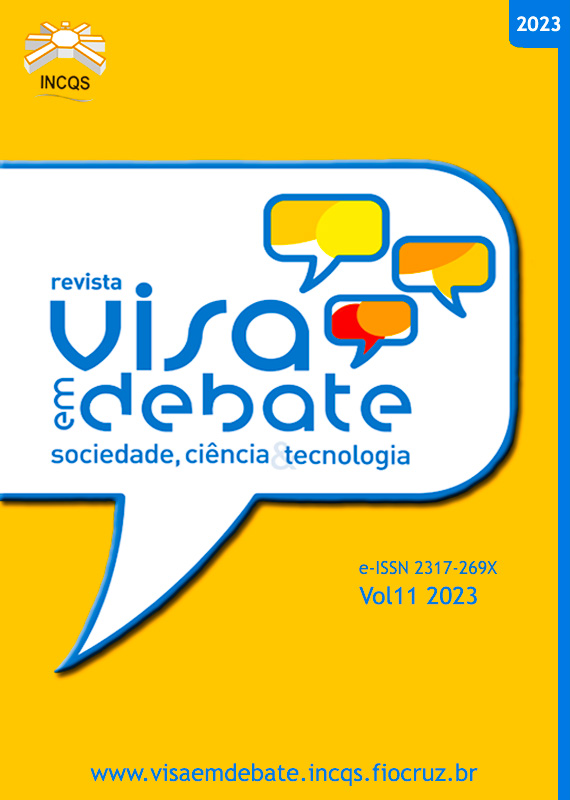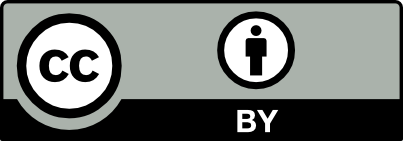Analysis of the new regulatory framework for active pharmaceutical ingredients in Brazil: an official pharmaceutical laboratory experience
Vigil Sanit Debate, Rio de Janeiro, 2023, v.11: e02161 | Published on: 17/08/2023
DOI:
https://doi.org/10.22239/2317-269x.02161Keywords:
Active Pharmaceutical Ingredient, Brazilian Health Regulatory Agency, Official Pharmaceutical Laboratory, Regulatory FrameworkAbstract
Introduction: The new regulatory framework for active pharmaceutical ingredients comprises three resolutions edited by the National Health Surveillance Agency, the RDC No. 359, of March 27, 2020, the RDC No. 361, of April 1, 2020, and the RDC No. 672, of March 30, 2022.These regulations start new approaches to regularize the active pharmaceutical ingredient in the country. Objective: To demonstrate how the internalization of the legal and health requirements established by the new regulatory framework for active ingredients was absorbed and implemented by Farmanguinhos, an Official Pharmaceutical Laboratory. Method: Descriptive cross-sectional study based on data collection from the legal framework edited by the Brazilian Health Regulatory Agency, and the practical experience of Farmanguinhos, the main medicines supplier to the Ministry of Health. Results: The main result of this study was the survey of the needs for the implementation of the new framework by the Official Pharmaceutical Laboratories, observing the greater sanitary and regulatory rigor imposed on manufacturers of active ingredients and the reflection of this in the proposed adequacy of operational procedures at Farmanguinhos. Conclusions: This study concludes that it is up to the Official Pharmaceutical Laboratories to intermediate and act as facilitators in the relations between active pharmaceutical ingredients manufacturers, by reviewing their procedures and editing support tools, leading to the incorporation of requirements and, in parallel, facilitating the optimization of activities and actions aimed at the implementation of a new regulatory reality, both internally and by the manufacturers of inputs.
Downloads
Downloads
Published
Issue
Section
License
Copyright (c) 2023 Soraya Mileti da Costa, Maria Helena Simões Villas Boas, Priscila da Nobrega Rito (Autor)

This work is licensed under a Creative Commons Attribution 4.0 International License.
COPYRIGHT ALLOWANCE The author (s) hereinafter designated as the ASSIGNOR hereby assign and transfer, free of charge, the ownership of the copyrights related to this ARTICLE to the Vigilância Sanitária em Debate: Sociedade, Ciência & Tecnologia (Health Surveillance under Debate: Society, Science & Technology) – Visa em Debate, represented by FUNDAÇÃO OSWALDO CRUZ, established at Av. Brasil, nº 4365, Manguinhos, Rio de Janeiro, RJ, Brazil, CEP 21045-900, under the conditions set out below: (a) The terms and conditions set forth in this Agreement shall apply to the following: 1. The ASSIGNOR declares that they s(he) is (are) the author (s) and owner (s) of the copyrighted property of the ARTICLE submitted. 2. The ASSIGNOR declares that the ARTICLE does not infringe the copyrights and / or other property rights of third parties, that the disclosure of images (if any) has been authorized and that they s(he) assume(s) full moral and / or property liability for its content, before third parties. 3. THE ASSIGNOR assigns and transfers all copyrights relating to the ARTICLE to the ASSIGNEE, especially the rights of editing, publication, translation into another language and reproduction by any process or technique. The ASSIGNEE becomes the exclusive owner of the rights related to the ARTICLE, and any reproduction, totally or partially, is prohibited in any other means of publicity, printed or electronic, without prior written authorization from the ASSIGNEE. 4. The assignment is free and, therefore, there will be no remuneration for the use of the ARTICLE by the ASSIGNEE.







